Finding foods that won't pack on the pounds can feel like a challenge, especially with so many tempting options around us. The good news is that there are plenty of great choices that let you eat without constantly worrying about your weight. These 15 low-calorie foods are rich in nutrients, making them perfect for anyone looking to maintain a healthy lifestyle.
Whether you want to snack or create a full meal, you can enjoy these options without feeling deprived. It's all about making smart choices that keep you satisfied while being kind to your waistline. Incorporating these foods into your diet can help you feel full and energized throughout the day. So, if you’re ready to discover some fantastic options that can fit seamlessly into your meals, you’re in the right place.

Mushrooms

Low in calories yet high in flavor, mushrooms are an excellent addition to a variety of dishes. They are a good source of B vitamins, selenium, and antioxidants. Their umami taste can enhance soups, stir-fries, and salads, making them a popular choice for both vegetarian and meat-based meals. With various types available, such as button, shiitake, and portobello, mushrooms can be grilled, sautéed, or used as a meat substitute in recipes. Their unique texture adds depth to any meal.
Zucchini

Zucchini is a summer squash that is low in calories and rich in vitamins A and C. Its mild flavor makes it adaptable to a variety of dishes, from stir-fries to baked goods. Zucchini can be spiralized into noodles as a low-carb alternative to pasta or grilled as a side dish. This vegetable is also a good source of potassium, which can help regulate blood pressure. With its high water content, zucchini can add volume to meals without adding many calories, making it a great choice for weight management.
Asparagus

This spring vegetable is not only low in calories but also packed with vitamins A, C, E, and K. Asparagus can be enjoyed roasted, steamed, or grilled, making it a versatile side dish. Its distinctive flavor pairs well with a variety of seasonings and ingredients, allowing for creative culinary applications. Additionally, asparagus is high in fiber, which can aid digestion and promote a sense of fullness. Including this vegetable in meals can contribute to a balanced diet and overall health.
Bell Peppers
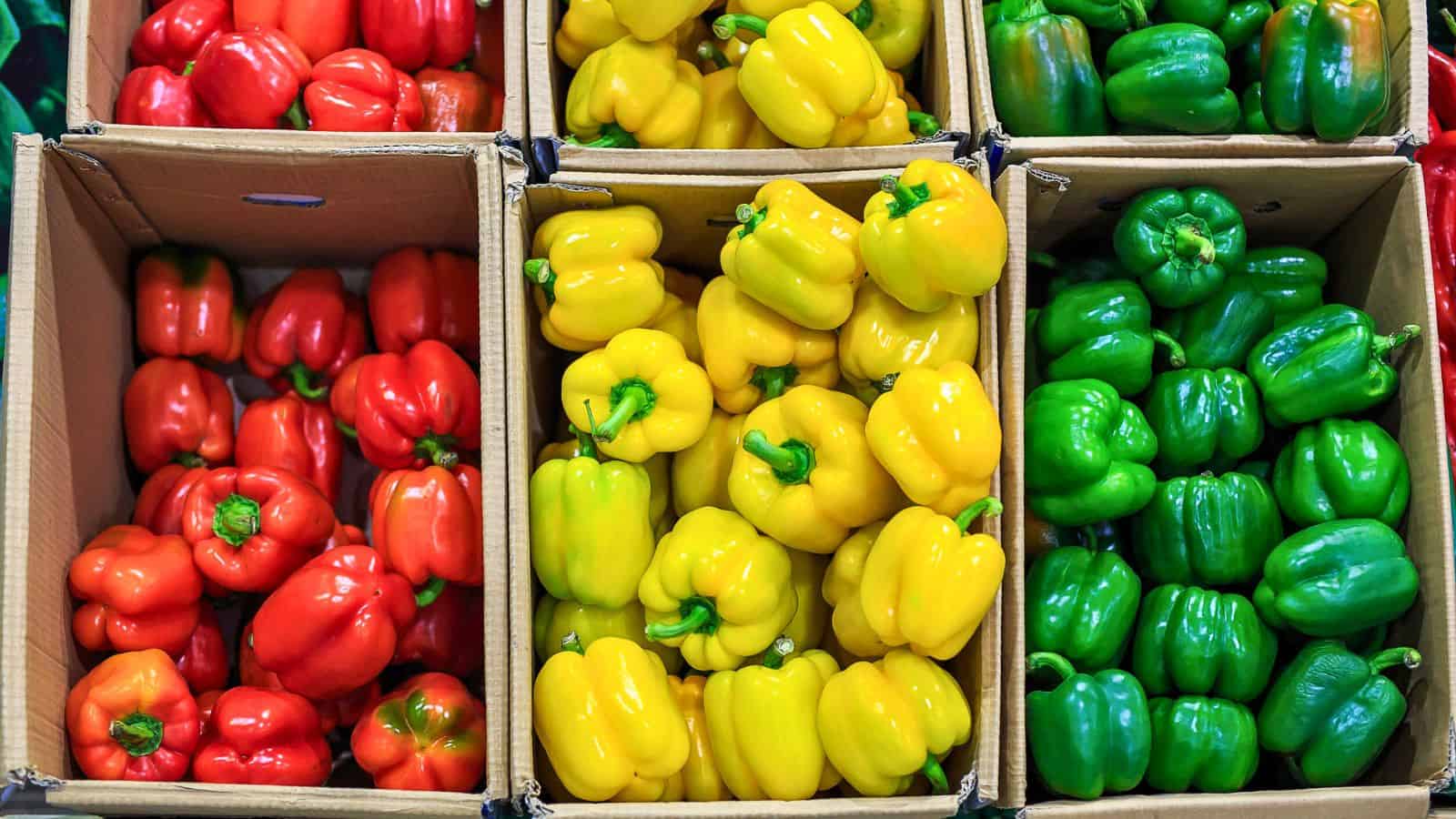
Colorful and crunchy, bell peppers are rich in vitamins A and C, as well as antioxidants. They can be consumed raw in salads, stuffed with various fillings, or roasted to enhance their natural sweetness. Available in multiple colors, including red, yellow, and green, bell peppers add visual appeal and flavor to dishes. Their low calorie content makes them an excellent choice for snacking or as a side dish. Incorporating bell peppers into meals can boost nutrient intake while keeping calorie counts low.
Broccoli

Broccoli is a nutrient-dense vegetable that is low in calories while being high in fiber, vitamins C and K, and various antioxidants. This cruciferous vegetable can be enjoyed raw, steamed, roasted, or blended into soups. Its robust flavor pairs well with a variety of seasonings and ingredients, making it a versatile addition to meals. Broccoli is known for its potential health benefits, including supporting heart health and reducing inflammation. Its high fiber content can also promote digestive health and contribute to a feeling of fullness.
Celery
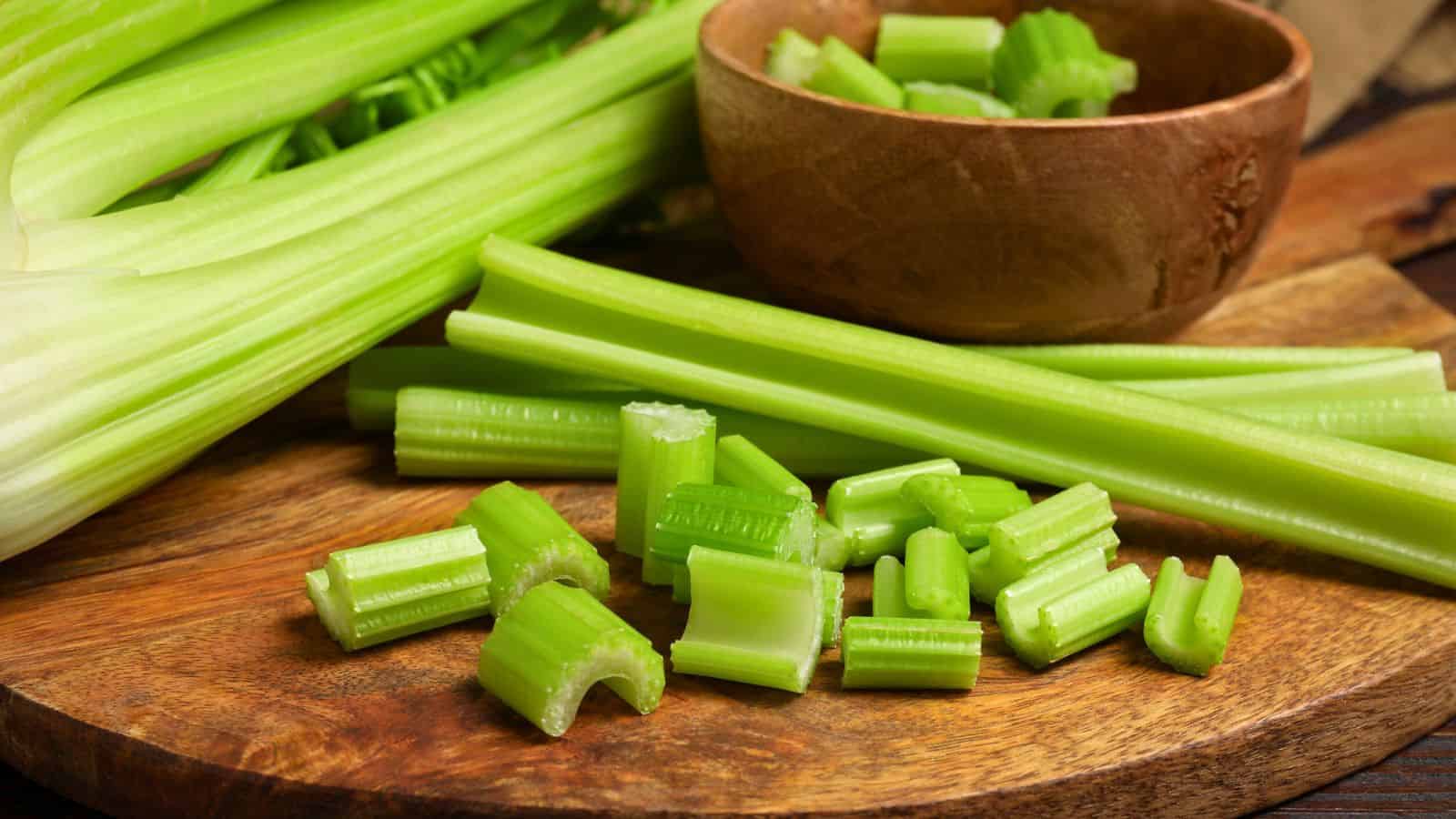
Celery is a crunchy vegetable that is mostly water, making it extremely low in calories. It is an excellent source of dietary fiber, which can help support digestive health. Celery is versatile and can be enjoyed raw, in salads, or cooked in soups and stews. Its natural crunch makes it a great snack option, especially when paired with dips like peanut butter or cream cheese. Additionally, celery contains antioxidants and has been associated with various health benefits, including reducing inflammation and supporting heart health.
Greek Yogurt
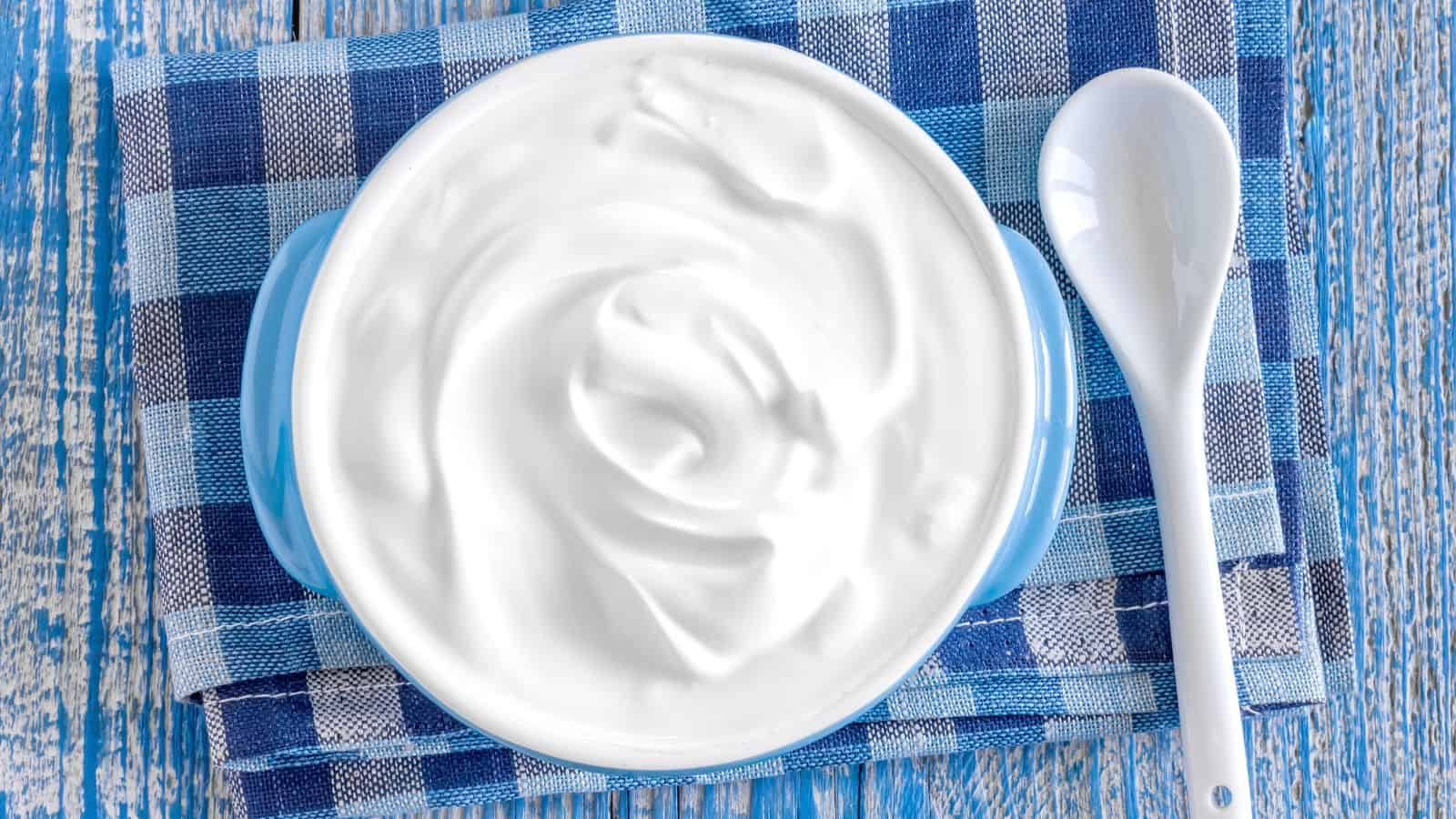
Non-fat or low-fat Greek yogurt is a protein-rich food that can be a great addition to meals or snacks. It is thicker and creamier than regular yogurt, making it an excellent base for smoothies, parfaits, or dressings. With lower sugar content than many flavored yogurts, it can be enjoyed plain or with fresh fruits and nuts. The probiotics in Greek yogurt may also support gut health. Including this dairy product in your diet can help maintain muscle mass and promote a feeling of fullness.
Eggs

A versatile source of protein, eggs can be prepared in numerous ways, including boiled, scrambled, or poached. They are rich in essential nutrients such as vitamins B12, D, and choline, which support brain health and metabolism. Despite their higher cholesterol content, recent studies suggest that moderate egg consumption does not significantly impact heart health for most individuals. Incorporating eggs into meals can help with satiety and provide lasting energy throughout the day.
Cucumbers

Cucumbers are composed primarily of water, making them an excellent choice for hydration. They are low in calories and can be enjoyed raw in salads, as snacks, or blended into refreshing drinks. Rich in vitamins K and C, cucumbers contribute to skin health and may have anti-inflammatory properties. Their crisp texture adds a satisfying crunch to various dishes. Additionally, cucumbers can be pickled for a tangy treat or used as a low-calorie alternative to chips when paired with dips like hummus or yogurt.
Watermelon
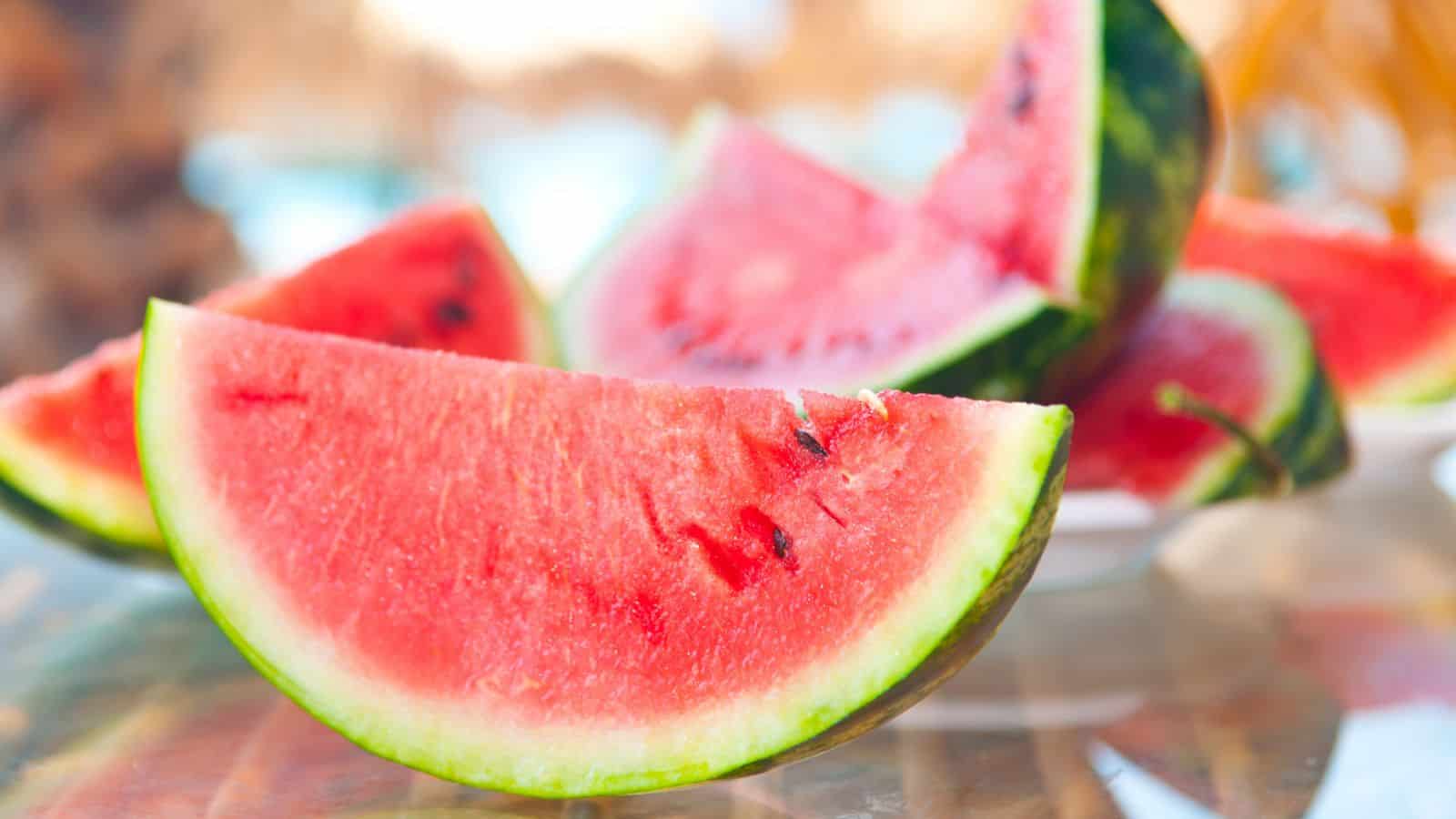
This hydrating fruit is composed mostly of water, making it an excellent choice for staying refreshed. Low in calories and rich in vitamins A and C, watermelon can be enjoyed on its own or added to fruit salads. Its natural sweetness can satisfy cravings for sugary treats without the added calories. Additionally, watermelon contains antioxidants like lycopene, which may support heart health and reduce inflammation. This fruit is perfect for warm weather and can be a delightful snack option.
Berries

A variety of berries, including strawberries, blueberries, and raspberries, are low in calories while being high in vitamins, fiber, and antioxidants. These fruits can be enjoyed fresh, added to smoothies, or used as toppings for yogurt and oatmeal. Their natural sweetness makes them a healthier alternative to sugary snacks. Berries are also known for their potential health benefits, including supporting heart health and improving brain function. Incorporating them into your diet can enhance both flavor and nutrition.
Tomatoes
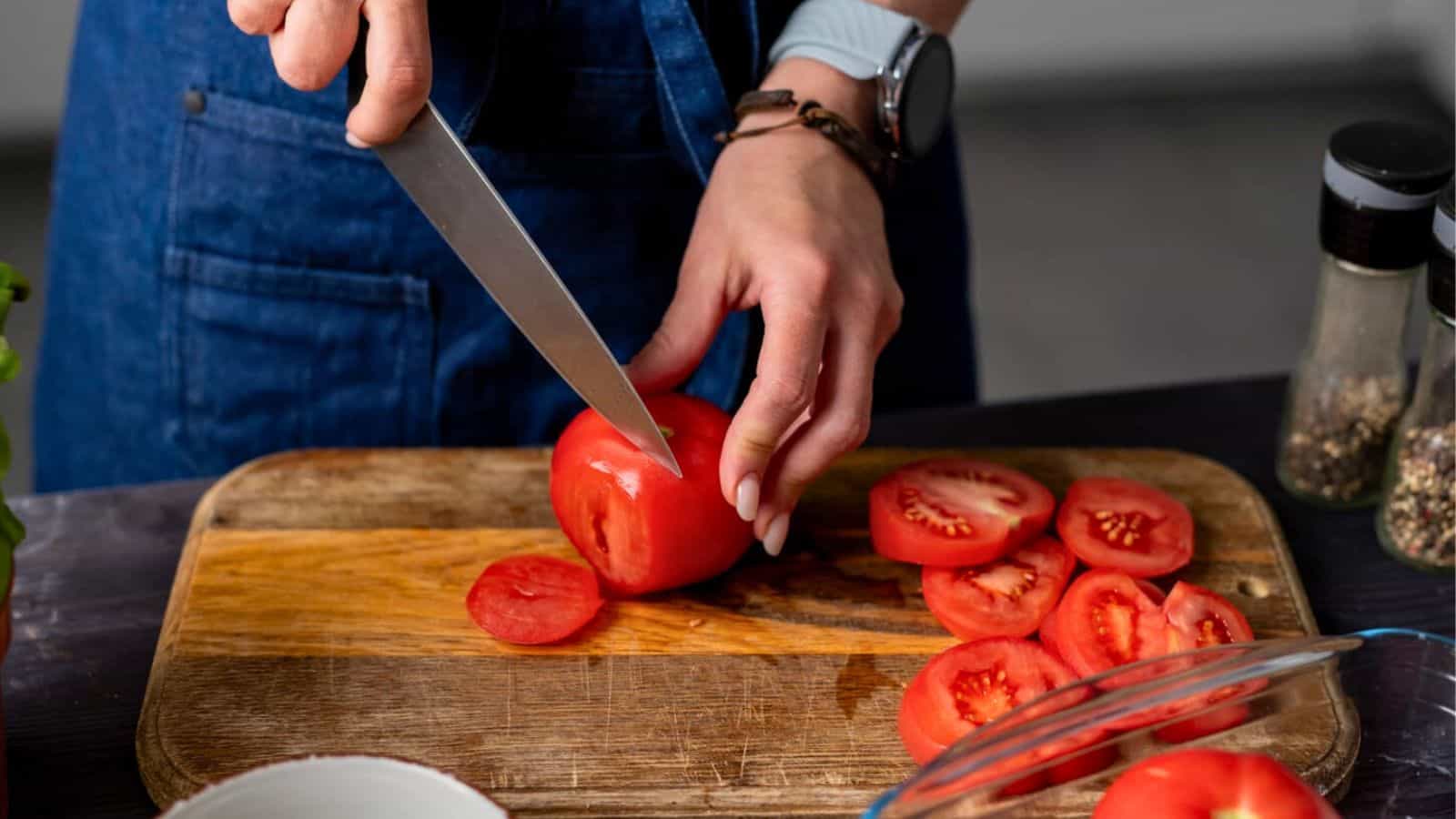
Juicy and vibrant, tomatoes are a rich source of vitamins C and K, as well as potassium and folate. They can be enjoyed raw in salads, cooked in sauces, or blended into soups. Their natural sweetness can enhance the flavor of many dishes without adding many calories. Tomatoes also contain lycopene, an antioxidant that may contribute to heart health and reduce the risk of certain diseases. Incorporating tomatoes into meals can add color and nutrition while keeping calorie counts low.
Fish

Lean fish, such as salmon and cod, are excellent sources of high-quality protein and healthy omega-3 fatty acids. These nutrients are beneficial for heart health and brain function. Fish can be grilled, baked, or steamed, making it a versatile option for various dishes. Including fish in your diet can help reduce the risk of chronic diseases and promote overall well-being. Additionally, the low calorie content of fish makes it a great choice for maintaining a healthy weight while ensuring nutrient intake.
Leafy Greens
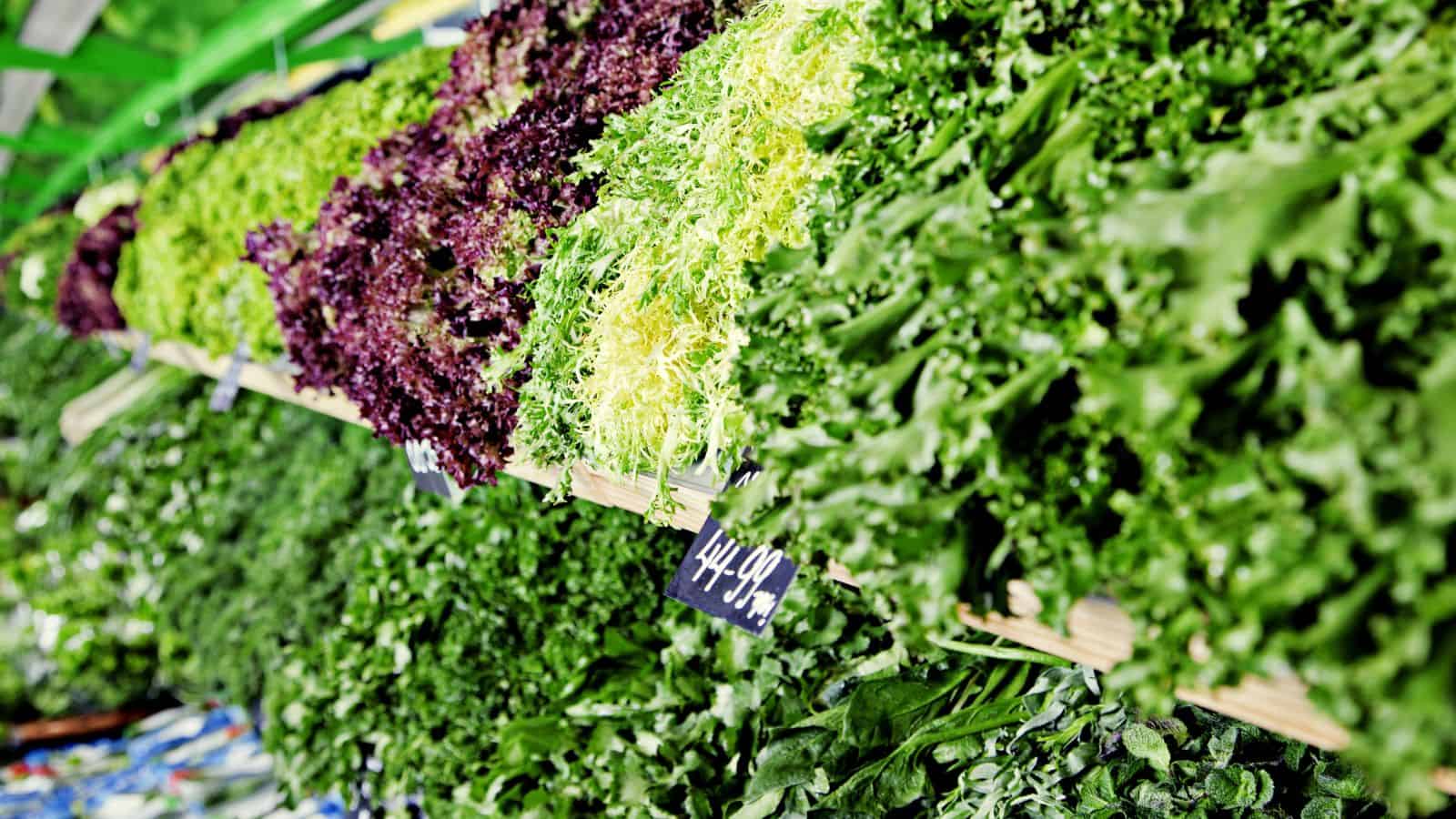
Leafy greens, such as spinach, kale, and Swiss chard, are packed with vitamins A, C, and K, as well as essential minerals like iron and calcium. These vegetables are low in calories and high in fiber, making them a great addition to salads, smoothies, or stir-fries. Their versatility allows for various preparations, from raw to sautéed. Incorporating leafy greens into your meals can boost nutrient intake without adding significant calories, supporting overall health and wellness. They are also hydrating, which can help maintain hydration levels throughout the day.
Cauliflower
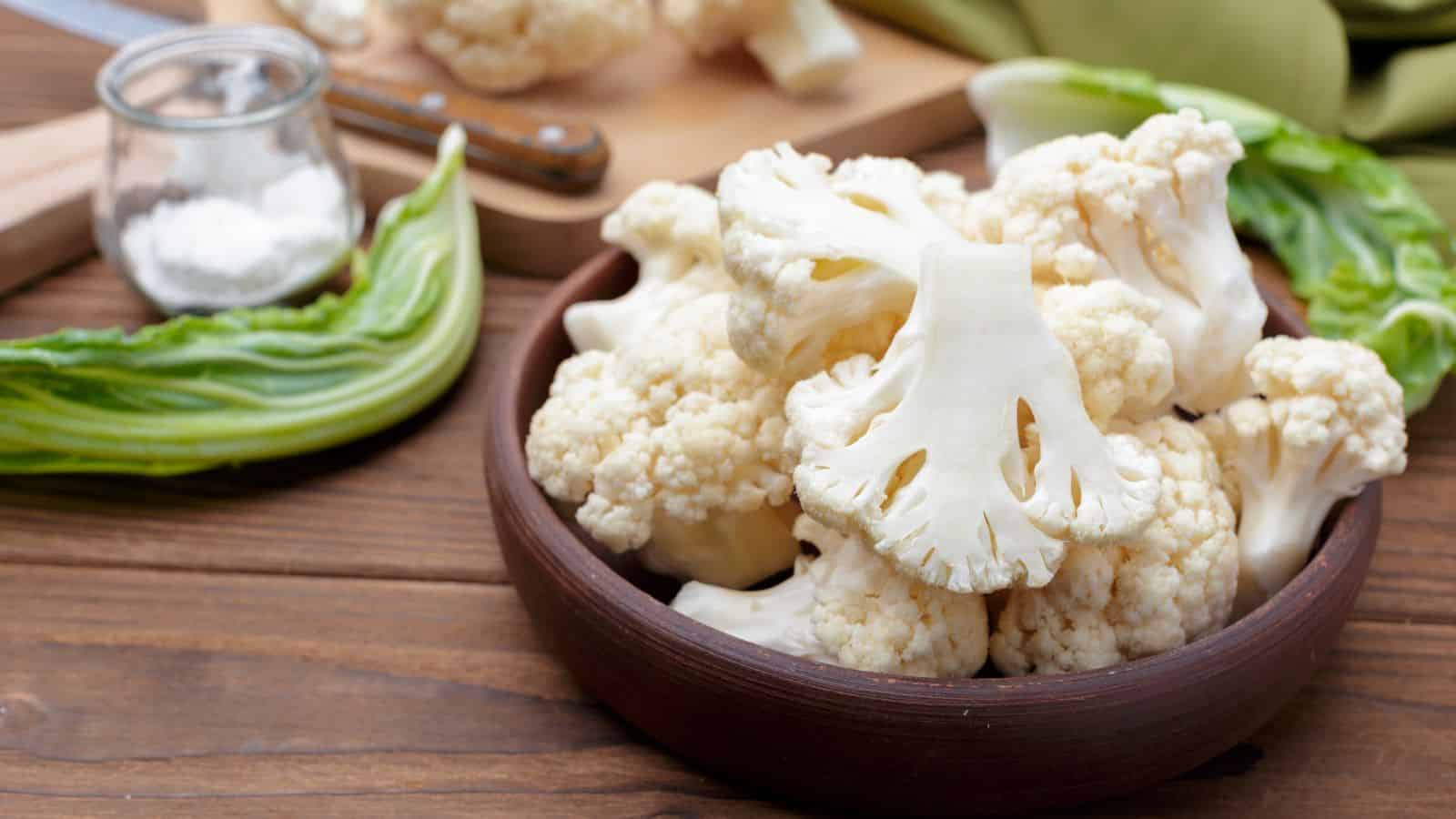
This versatile vegetable can serve as a low-calorie substitute for grains and starches. Rich in vitamins C, K, and B6, cauliflower can be enjoyed in various forms, including mashed, roasted, or even as a base for pizza crust. Its mild flavor allows it to absorb seasonings well, making it adaptable to many recipes. Additionally, cauliflower is high in fiber, which supports digestive health and can help maintain a feeling of fullness. Experimenting with this vegetable can lead to creative and nutritious meals.
Snack Like a Champ

Making smart food choices doesn't have to be complicated or boring. By incorporating these great options into your meals, you can enjoy a variety of flavors and textures while keeping your calorie intake in check. The key is to focus on nutrient-dense foods that not only fill you up but also nourish your body.
Remember, it’s all about balance. You don’t have to give up your favorite treats entirely; just complement them with these healthy choices. With a little creativity, you can create meals that are both satisfying and good for you. So, as you move forward, keep these foods in mind and feel empowered to make choices that support your health goals. Eating well can be enjoyable and rewarding, so go ahead and explore the possibilities!
Affordable and Tasty Snacks to Satisfy Your Impulsive Cravings

When cravings hit, it's easy to reach for something quick and satisfying. These 23 affordable and tasty snack ideas are perfect for those moments when you're hungry and want something flavorful without spending much time or money. From savory bites to sweet treats, there’s something to keep you full and happy. No need to worry about complicated ingredients or lengthy prep time—just simple, delicious snacks.
Read it Here: 23 Affordable and Tasty Snacks to Satisfy Your Impulsive Cravings
One-Pot Recipes That Left More Time for Sitting, Sipping, and Snacking

Weeknight cooking doesn’t have to mean juggling five pans and a mountain of dishes. These one-pot recipes keep it simple without cutting corners on flavor. They use fewer ingredients, take less cleanup, and still get a full meal on the table. More time to sit, sip, and snack—not scrub.
Read it Here: 15 One-Pot Recipes That Left More Time for Sitting, Sipping, and Snacking


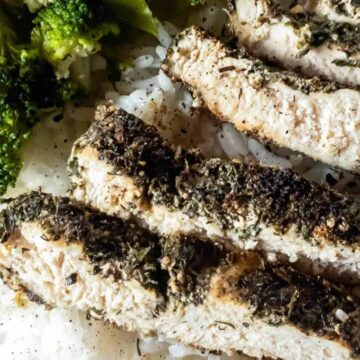



Tell Me What You Think!